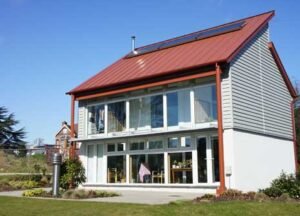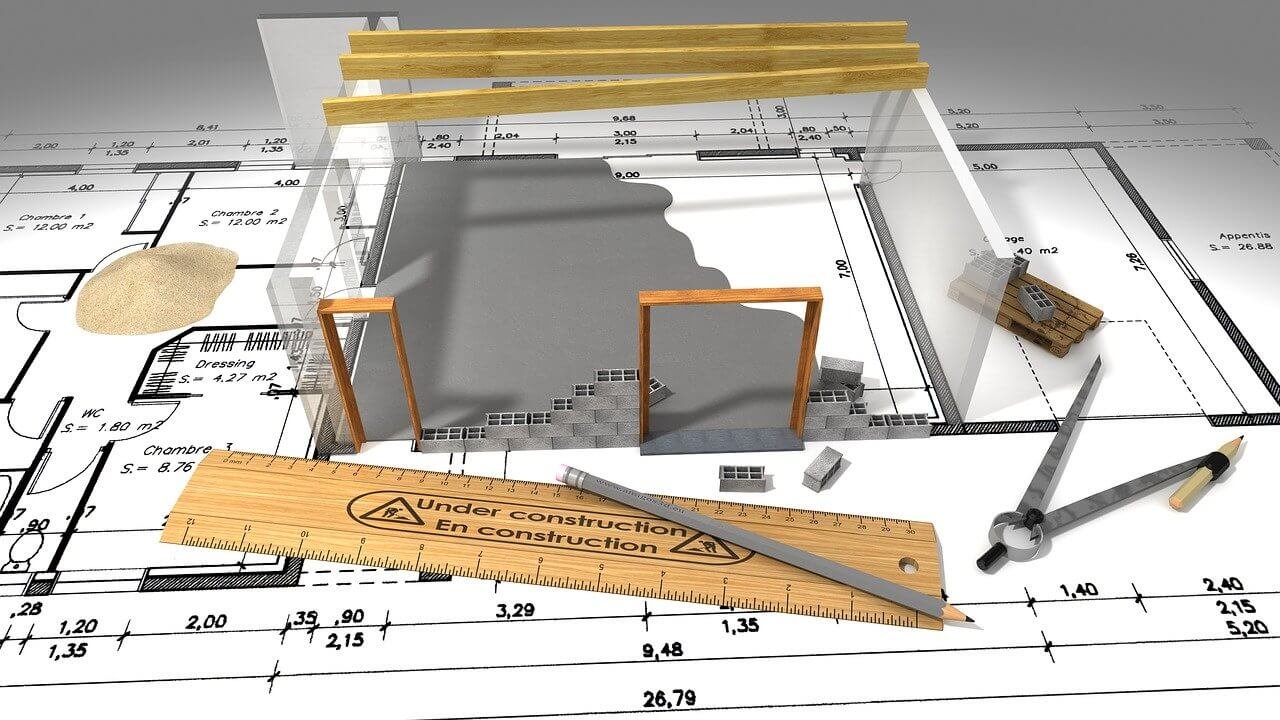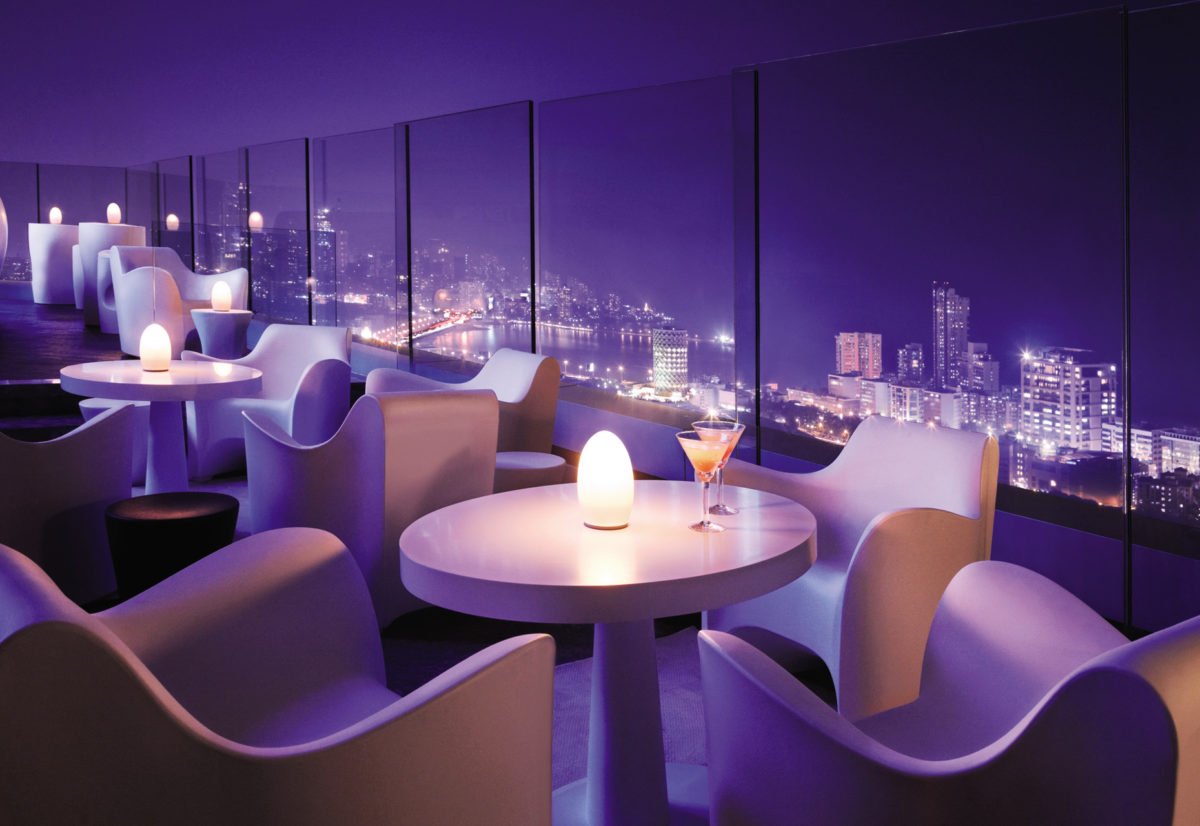Knowing which way, the wind is blowing; the housing sector needs evolution in conjunction with environmental impact and artificial intelligence. Well-Being of the users is dramatically changing with up-gradation of advanced technology which makes the habitat demonstrate economic, social and ecological objectives.
Why not only smart but also sustainable home is key to the future?
Smart Homes are dwellings that use integrated communication networks to monitor from anywhere as long as you have internet access and manage the performance of the home to support the lifestyle choices of occupants. Infrastructure, sensors, actuators and applications together bound to suffice the highest level of user benefits and performance.
Smart home systems to basic end-user needs, include:
- Thermal Comfort
- Water
- Communications & Entertainment
- Safety & Security
- Lighting
- Health & Well-Being

This system enables automatic control of services to meet user’s need by user-set parameters, improves environment performance by optimum level and indicates fault reporting, billing or display of energy and carbon usage. Can a smart home with smart technology affordable to all end-users, though convenient, improves household safety, maximize energy-efficient and cost-effective over time? In the prevailing state, configuring and installing such integrated smart devices is unusual, although technically achievable.
Climatic change happening at an unprecedented way, carbon emissions from home around the world are a major driving force disrupting the environment. There is a decline in raw materials on the planet. If homes don’t last, then we will be unable to build in the near future due to lack of resources.
To meet all factors, sustainability plays a major role to enhance the performance of the home. Sustainability is a development that improves the total quality of life, now and in future, considering ecological terms on which life is depended. It is concerned with maximizing the effective use of scarce resources in new build homes.
- Oxygen & Carbon Dioxide Emissions
- Building Envelope
- Daylighting & Artificial Lighting
- Ventilation
- Water Conservation
- Materials
- Carbon Footprint
- Sound Insulations
- Waste Management

This relates to having smart homes that frequently control resource use in the home setting. The role smart home solutions could play is supported by the delivery of performance levels of sustainable homes. Making a home smart and sustainable means the dwellers can move around more easily, feel safer, save money and use energy efficiently. A smart and sustainable home meets the family’s need in all stages of their life.
Case studies meeting optimum levels for smart and sustainable homes
BASF house, University of Nottingham
The ideology of concept was simple with extensive use of passive solar design. The southern façade has fully glazed two-layer sunspace, with respect to, the north, east and west elevation are highly insulated with a minimum number of openings compatible with acceptable daylight levels. Several openings of various configurations ensure that the glazed screen to the sunspace shall be opened or closed to assist passive heating or cooling. Selected smart home systems had to be adaptable. Flexible and expandable though constrained by costs. The system demonstrated long maintenance life with the facility of easy upgrading and continuing supplier support. The critical issue faced by integrated control systems is when it becomes non- operational, the performance of the house gets affected and replacement costs disruptively.
Ventilation, Heating and lighting were chosen to monitor by WebBRICK®. Smart meters were installed to measure resources usage in the house. This allows monitoring remotely and can manage house anywhere around the world with IP network access. Low energy provided by low voltage LED lighting technology in the house system.


Housing Solutions Group, Alpine Close Development, Maidenhead
Heat metering and building management systems detect and can be managed from offices. The heat from a centralized boiler plant is circulated to each unit, where intelligent controls manage the load in relation to room temperature. This remote metering has helped supplier and tenant, allowing greater control and transparency of cost. This has resulted in gas bills as low as £55 per annum in one-bedroom flats. Smart thermostats were installed to regulate heating and cooling inside the habitat according to the climate and necessities of the occupants.

Sandwell MBC – Lyng Estate
Creating a green and intelligent innovation for social housing is a challenge to meet the budget and expectations of the occupant’s hand in hand. Installations are more costly, but the future billings are reasonable. Though facing all the challenges, this project has achieved all the possibility of creating houses smart and sustainable.
Key Features:
A single central boiler system, heat metering, thermostatic radiator, solar water heaters, low lighting fittings, passive stack ventilation, greywater systems, energy-efficient timber wall panels, low maintenance – aluminium roofing and materials like western red cedar cladding, low embodied energy and movement sensors for lighting. The whole package of smart and sustainable living makes occupants lively and happy.

By building a clever design, along sustainable lines with smart technology and a more sustainable mix of power sources can save our current generation from the number of large energy billings while reducing our carbon impact saving the environment.



